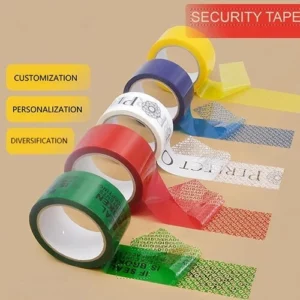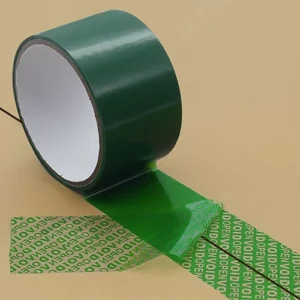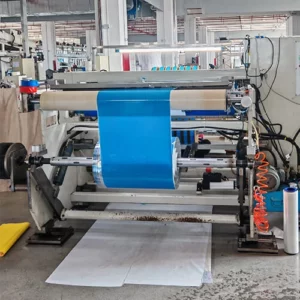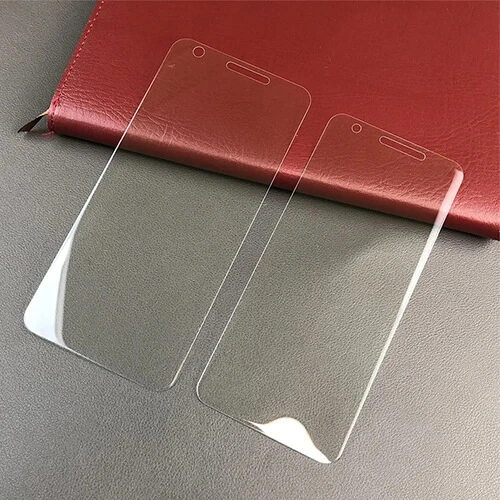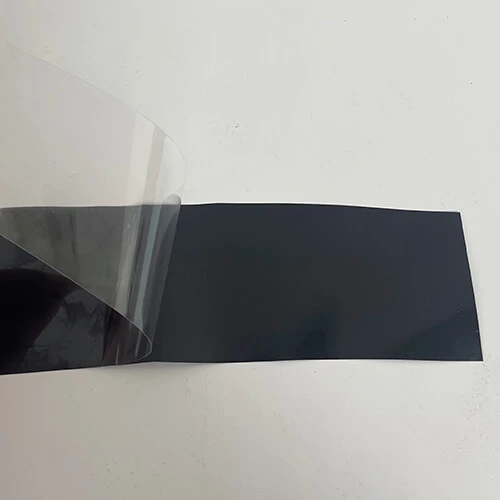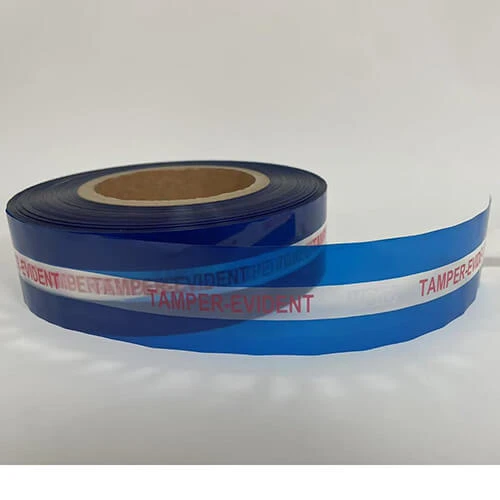
Peel Strength: A Key Parameter for Tapes
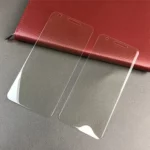
How to Choose the Right Tape
Tamper evident tape is a specialized adhesive tape designed to provide visible evidence of unauthorized access or tampering. It is widely used in industries where security and integrity of packaged goods are paramount, such as pharmaceuticals, electronics, food, and logistics. The material composition of tamper evident tape is crucial to its functionality, as it must balance adhesive strength, durability, and the ability to reveal tampering attempts. This article explores the materials commonly used in tamper evident tape and their roles in ensuring security.
The Structure of Tamper-Evident Tape
Tamper-evident tape is typically composed of multiple layers, each serving a specific purpose. The most common structure includes:
- Facestock (Top Layer)
- Tamper-Evident Features
- Adhesive Layer
- Release Liner (Optional)
Let’s explore each of these components in detail.
- Facestock (Top Layer)
The facestock is the outermost layer of the tape and is often made from materials like:
- Polypropylene (PP): A durable and flexible plastic material that resists tearing and provides a smooth surface for printing.
- Polyethylene (PE): Known for its strength and resistance to moisture, making it ideal for harsh environments.
- Paper: Used in applications where a more eco-friendly option is preferred. It can be coated for added durability.
- Vinyl: Offers excellent adhesion and is resistant to chemicals and UV light.
The facestock is usually printed with custom designs, logos, or security patterns, such as “VOID” or “OPENED,” which become visible when the tape is tampered with.
- Tamper-Evident Features
The most critical aspect of tamper-evident tape is its ability to reveal tampering. This is achieved through various features embedded in the tape’s structure:
- VOID Patterns: When the tape is removed, a “VOID” message or pattern is left on both the tape and the surface, indicating tampering.
- Fragile Design: The tape is designed to break or tear upon removal, making it impossible to reapply without visible damage.
- Microtext or Holograms: Advanced tapes may include microscopic text or holographic images that are difficult to replicate.
- Sequential Numbering: Each piece of tape can be printed with a unique serial number for tracking and authentication.
These features are integrated into the facestock or adhesive layer, ensuring that any attempt to tamper with the tape leaves behind undeniable evidence.
- Adhesive Layer
The adhesive layer is what allows the tape to stick to surfaces. The type of adhesive used depends on the application and the surface it will be applied to. Common adhesives include:
- Acrylic Adhesive: Provides strong adhesion and is resistant to temperature fluctuations, making it suitable for a wide range of environments.
- Rubber-Based Adhesive: Offers high initial tack and is often used for short-term applications.
- Silicone Adhesive: Used in high-temperature applications due to its heat resistance.
The adhesive is designed to bond strongly with the surface, making it difficult to remove the tape without leaving evidence of tampering.
- Release Liner (Optional)
Some tamper-evident tapes come with a release liner, which protects the adhesive layer until the tape is ready to be applied. The liner is typically made from:
- Silicone-Coated Paper: Easy to peel off and provides a smooth surface for the adhesive.
- Polyester Film: Offers better durability and is used in high-performance applications.
The release liner is removed before application, exposing the adhesive for bonding.

How Tamper-Evident Tape Works
The functionality of tamper-evident tape relies on the interplay between its layers and the tamper-evident features. Here’s how it works:
-
- Application: The tape is applied to the surface, with the adhesive bonding firmly to it.
- Tampering Attempt: If someone tries to remove the tape, the adhesive resists, causing the facestock to tear or break.
- Evidence Revealed: The tamper-evident features, such as “VOID” patterns or fragile designs, become visible on both the tape and the surface.
- Irreversible Damage: The tape cannot be reapplied without showing clear signs of tampering, ensuring the integrity of the seal.
Applications of Tamper Evident Tape
Pharmaceutical Industry: In the pharmaceutical sector, tamper evident tape is used to seal medication bottles and packaging. This ensures that the product has not been tampered with before reaching the consumer, thereby maintaining safety and compliance with regulatory standards.
Electronics: High-value electronics, such as smartphones and laptops, are often sealed with tamper evident tape. This helps manufacturers and retailers verify that the product has not been opened or altered since leaving the factory.
Legal and Financial Documents: Sensitive documents, such as legal contracts or financial records, are often sealed with tamper evident tape to prevent unauthorized access or alterations.
Retail and E-commerce: Online retailers use tamper evident tape to seal packages, providing customers with assurance that their orders have not been tampered with during transit.
Food and Beverage Industry: In the food industry, tamper evident tape is used to seal containers and packaging, ensuring that the contents remain uncontaminated and safe for consumption.
Conclusion
Tamper-evident tape is a sophisticated security solution that combines advanced materials and innovative design to protect products and ensure their authenticity. Its multi-layered structure, including the facestock, tamper-evident features, and adhesive, works in harmony to provide a reliable barrier against tampering. Whether you’re in pharmaceuticals, electronics, or logistics, tamper-evident tape is an essential tool for safeguarding your products and maintaining customer trust.
By understanding the materials and structure of tamper-evident tape, you can make informed decisions about the best type of tape for your specific needs. In a world where security is more important than ever, tamper-evident tape offers peace of mind and unparalleled protection.
